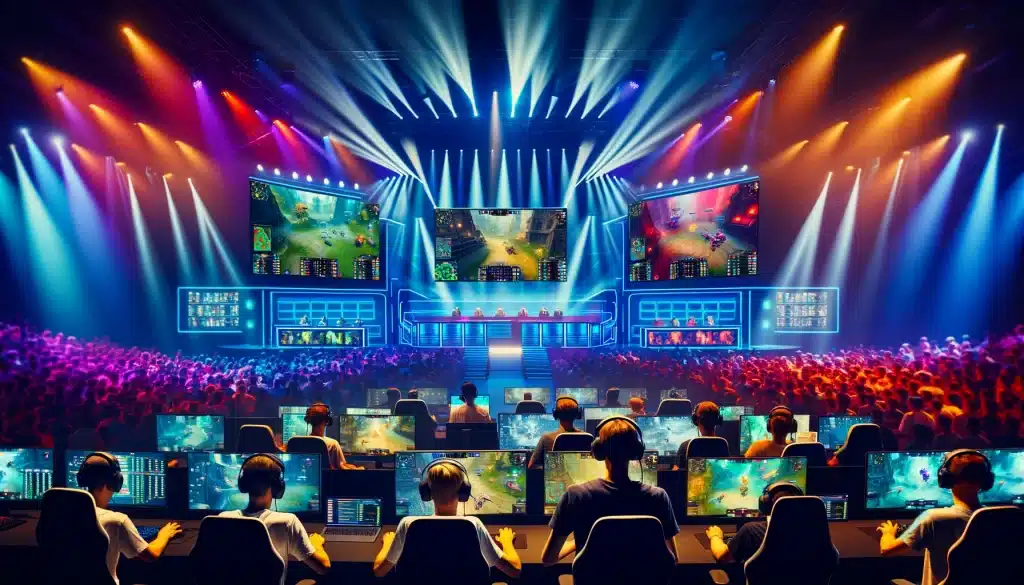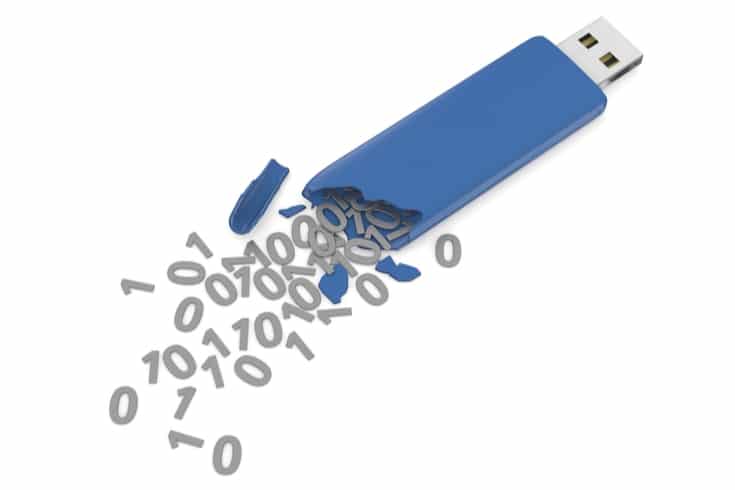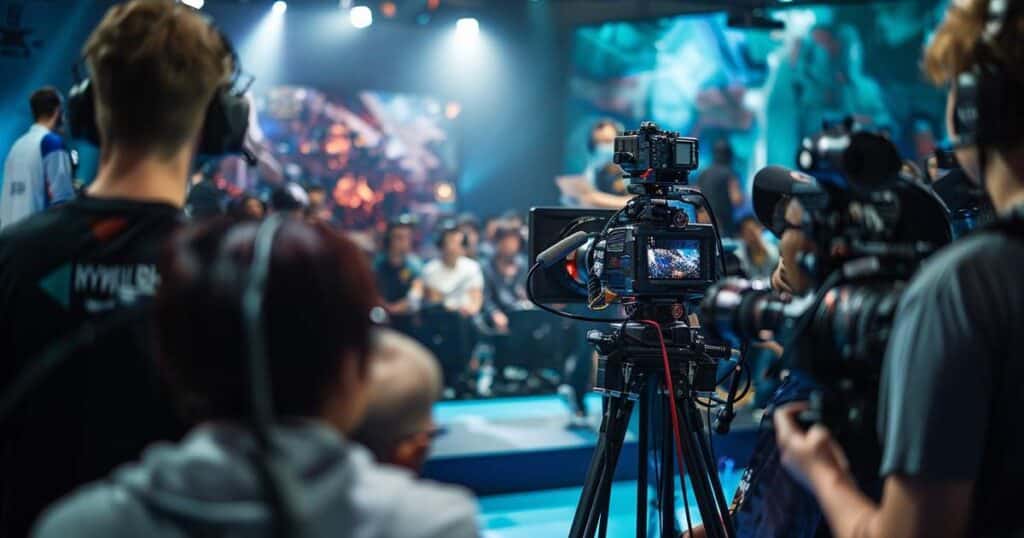Is AI Software Development Contract a Contract for Work or a Mandate? Explaining the Key Points to Be Aware of in Contracts
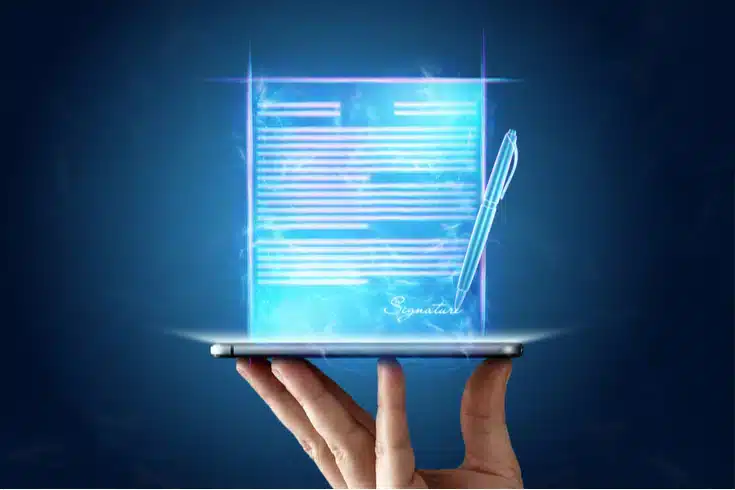
As AI technology enters the practical application stage, there is a growing demand for clear delineation of rights and responsibilities in related businesses. However, current legal provisions are not keeping pace, leaving many areas unclear.
In response to this situation, the Japanese Ministry of Economy, Trade and Industry has issued guidelines for AI technology developers as a contract guide. Based on these guidelines, a ‘model contract’ was jointly created with the Japanese Patent Office. The guidelines suggest that the parties should aim to ‘maximize the business value generated by AI’ and conclude contracts at each stage of development.
In this article, we will provide a detailed explanation of the development contract when developing software using AI technology.
Features of Software Development Using AI Technology
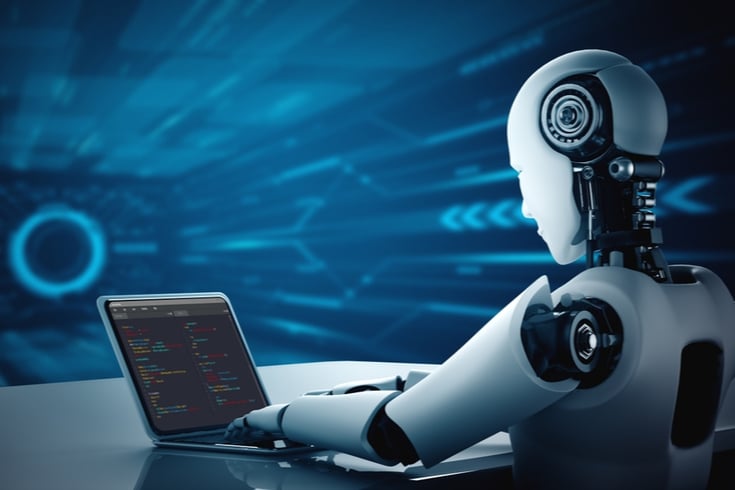
Software development using AI technology has many differences from traditional software development, and it is not possible to directly apply conventional development methods.
Therefore, in 2018, the Ministry of Economy, Trade and Industry (METI) created the “Guidelines on AI and Data Usage 1.1[ja]” to indicate its development policy.
Differences from Traditional Software Development
The major difference between traditional software development and AI software development is that with AI, you don’t know what results you’ll get until you try it.
In traditional software development, it is common to define requirements in advance and proceed with development according to the process. This development method is referred to as the “Waterfall Model,” likened to the way water flows from top to bottom in a waterfall.
In contrast, it is pointed out that the “Waterfall Model” does not fit AI software development due to the following personalityistics:
- The content and performance of the trained model are unknown at the time of contract conclusion
- The content and performance of the trained model are influenced by the quality of the training dataset
- The importance of know-how is extremely high
- Demand for reuse of generated items
In AI software development, the performance of the trained model is influenced by the quality of the training dataset, making it difficult to guarantee performance in advance. Also, the know-how of both the user and the vendor is utilized, which greatly affects the performance of the trained model.
Furthermore, the generated trained model can be reused for commercial purposes in many situations by changing the trained parameters.
Due to these personalityistics, it is desirable to adopt an “Exploratory Stage Model” development method for AI software development, rather than the traditional “Waterfall Model”.
“Exploratory Stage-by-Stage” Development Method
The “Exploratory Stage-by-Stage” development method is a recommended approach in the guidelines formulated by the Ministry of Economy, Trade and Industry (Japanese Ministry of Economy, Trade and Industry). In these guidelines, the stages of AI system development are divided into the following four stages, and it is proposed to create contracts according to each stage.
The Ministry of Economy, Trade and Industry, in collaboration with the Patent Office (Japanese Patent Office), has created various model contracts for each stage and has shown its policy.
- Assessment stage → Non-Disclosure Agreement (NDA)
- PoC stage → Introduction Verification Contract
- Development stage → Software Development Contract
- Additional Learning stage → Usage Contract
Reference: Open Innovation Portal Site | Ministry of Economy, Trade and Industry Patent Office[ja]
For more details on the Usage Contract in stage 4, please refer to the following article.
Related article: What are the guidelines for AI usage contracts? Explaining individual clauses to prevent trouble in advance[ja]
Contract for Work or Contract of Mandate?
In the guidelines, it is stated that AI software development does not fit well with the contract for work model, but is more suited to a quasi-mandate contract. This is because a contract for work is a contract type that aims for the completion of a job and carries liability for non-performance of the contract if the job cannot be completed.
In AI system development, it is difficult for the vendor to guarantee completion in advance, and there is a possibility that development may have to be discontinued midway.
Therefore, the guidelines suggest that a type of “quasi-mandate contract”, which does not involve an obligation to complete the job or liability for non-performance of the contract, should be adopted in contracts for AI system development.
Types of Pre-trained Model Development
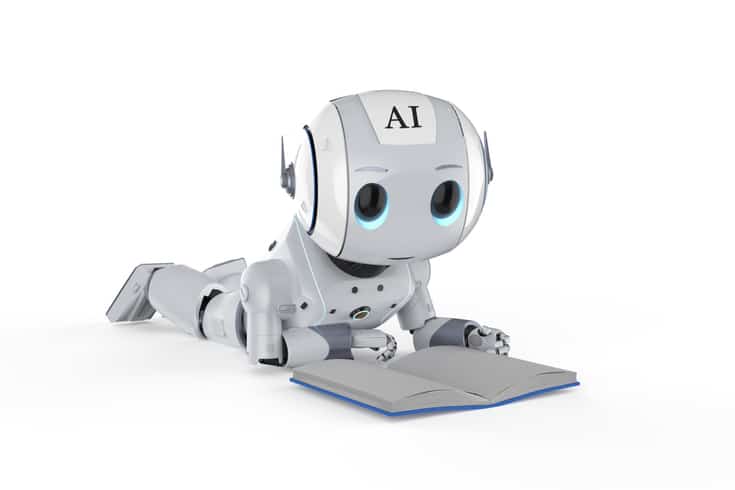
Based on the hearings at the working group of the Ministry of Economy, Trade and Industry (Japanese Ministry of Economy, Trade and Industry), the following three classifications were observed for the generated pre-trained models:
- Type that only generates pre-trained models
- Type that develops a system including pre-trained models
- Type that accepts re-commissioning of pre-trained model generation
In the first type, the user’s role is only to provide data, and the vendor alone generates the pre-trained model. There may also be cases where the user and the vendor jointly provide data. In this type, the vendor delivers the pre-trained model to the user.
In the second type, the vendor alone develops the entire system including the pre-trained model based on the user’s data provision. In this case, the vendor delivers the system equipped with the pre-trained model.
The third type is when a system integrator (SIer) or the like, who has received a commission for the entire system development from the user, re-commissions only the generation of the pre-trained model to the vendor. The SIer or the like provides know-how to the vendor, the vendor delivers the pre-trained model based on it, and the SIer or the like builds the system and provides it to the end user.
In the following, we will focus on the first type, which generates only pre-trained models and has high versatility, and explain the contract content and points to note when concluding.
Key Points to Consider When Drafting AI Technology Software Development Contracts
The Ministry of Economy, Trade and Industry and the Patent Office of Japan suggest that the key consideration in AI technology development should be “maximizing the total business value generated from intellectual property and other assets”.
In development contracts, it is crucial to define, particularly, the “ownership of rights” and the “delivery method”, keeping in mind the development and progress of AI between the parties involved.
Separate and Organize the Ownership of Copyrights and Patents
In AI development contracts, it is desirable to separate and organize the ownership of copyrights and patents. It is clear that copyrights arise at the point of development completion, whereas it is unclear whether intellectual property rights such as patents arise before development.
In the model contract, while the copyright of the trained model is attributed to the vendor side (Article 17 of the model contract), the “usage conditions” adjust the interests of both parties.
As it is unclear whether patent rights will arise at the time of concluding the development contract, it is initially stipulated in accordance with the principle of the Patent Law, which is inventor-oriented (Article 18 of the model contract).
Setting the Method of Providing Deliverables
How the trained model is delivered to the user side can potentially affect the vendor’s intellectual property protection.
Providing the trained model in a readable and reusable form increases the risk of information leakage and contract violation. Therefore, it is important for the vendor side to carefully consider the method of providing deliverables and to define it in advance.
Key Points in Drafting AI Technology Software Development Contracts
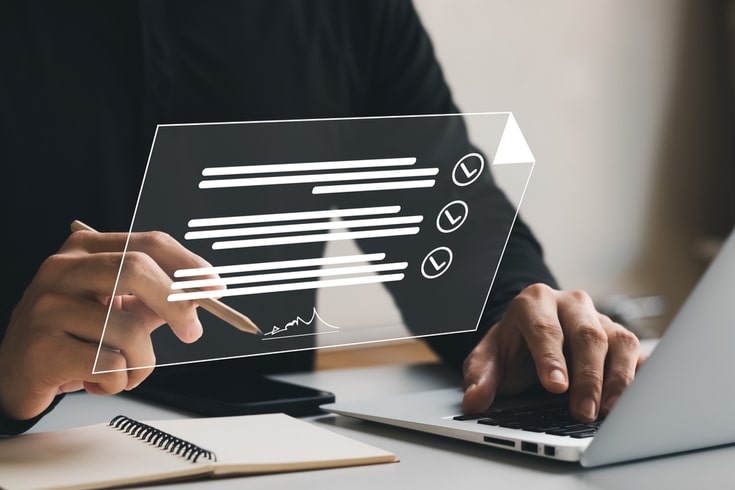
AI technology software development contracts should be drafted with the aim of maximizing the value generated by the advancement of AI technology, and need to be concluded with both the vendor and the user as co-developers.
In the following, we will explain the key points in drafting a co-development contract based on the model contract jointly announced by the Ministry of Economy, Trade and Industry and the Patent Office.
(Reference: Open Innovation Portal Site | Ministry of Economy, Trade and Industry Patent Office[ja], Co-Research and Development Contract (AI)[ja])
Ownership of Copyrights for the Results of this Project (Article 17)
Since it is almost certain that copyrights will arise once the development is completed, it is necessary to determine their ownership in advance in the contract.
In the model contract, it is stipulated that the copyright of the trained model will belong to the vendor side in principle, and the copyright of the collaboration system and documents will belong to the user side.
While the copyright of the trained model belongs to the vendor side, the interests of both parties are adjusted by considering the business models of both parties and the contribution of the user side to the development, and by considering separate usage conditions such as applying a discount to the service usage fee.
Article 17
The copyright (including the rights under Articles 27 and 28 of the Japanese Copyright Law, hereinafter the same in this contract) related to the intellectual property generated in the course of this joint development (hereinafter referred to as “the results of this project, etc.”) shall belong to Party A, excluding the copyright that Party B or a third party has previously owned. However, the copyright related to this collaboration system and this document (hereinafter referred to as “this collaboration system, etc.”) will be transferred to Party B at the same time as the full payment of the commission fee.
Continued below
Excerpt from the Patent Office’s 2021 Usage Contract ver2.0 (AI Edition)[ja]
Attribution of Patent Rights for the Subject Matter and Other Results (Article 18)
It is often unclear whether intellectual property rights such as patent rights will arise at the time of starting development. Therefore, the model contract applies the principles of the Patent Law and adopts the inventor principle (Article 29, Paragraph 1 of the Japanese Patent Law). In the Patent Law, those who have made substantial contributions to solving problems unique to the invention are recognized as “inventors”.
In this case, the patent rights are usually considered to belong to the vendor who developed the trained model. However, if the user’s contribution, such as providing know-how, to the creation of the trained model is strong, there may be room for the rights to be attributed to the user.
Article 18
The patent rights and other intellectual property rights (excluding copyrights, hereinafter referred to as “patent rights, etc.”) related to the subject matter and other results shall belong to the party to which the creator of the subject matter and other results belongs.
Continued below
Excerpt from the Patent Office’s 2021 Usage Contract ver2.0 (AI Edition)[ja]
Confirmation of Delivery and Completion of Work (Article 10)
In the joint development of a trained model, it is necessary to predefine the method of delivery and provision of the deliverables in the contract.
If the intellectual property rights of the trained model are attributed to the vendor, depending on the method of delivery to the user, it cannot be guaranteed that these intellectual property rights will be securely protected.
Examples of methods for providing the deliverables of the trained model include the following:
- Providing only the output content through an API
- Providing encrypted or obfuscated code
- Providing binary code
- Providing source code, etc.
The risk of information leakage and the risk of contract violation vary depending on the method of provision. It is important for the vendor to carefully consider the method of provision, taking into account these risks, and to carefully discuss it with the user side.
Article 10
Party A shall provide the source code of this collaboration system, which is part of the deliverables of this project, by installing it on Party B’s server by the delivery deadline specified in Appendix (1) 8 “Completion of Work”, and shall also provide Party B with a PDF file of this document. In addition, for the trained model, which is part of the deliverables of this project, it will be kept in a state where it can be provided via API on Party A’s server during the confirmation period (hereinafter referred to as the “confirmation period”) specified in the above “Completion of Work”.
Continued below
Excerpt from the Patent Office’s 2021 Usage Contract ver2.0 (AI Edition)[ja]
Summary: The Key to Development Contracts is Maximizing the Value Created by AI
AI technology software development has the personalityistic of being unpredictable until it is attempted. Therefore, it is desirable to adopt an “exploratory stage-by-stage” development method in the guidelines, and to conclude contracts at each development stage.
The joint development contract should be created with the awareness of both parties to maximize the business value generated by the advancement of AI technology, based on the model contract of the Ministry of Economy, Trade and Industry and the Patent Office in Japan.
When creating an AI technology software development contract, it is important to seek the assistance of a lawyer who has a deep understanding of AI business and knowledge of software development contracts.
Our Firm’s Approach
Monolith Law Office is a legal practice with extensive experience in both IT, particularly the internet, and law.
AI businesses come with many legal risks, and support from lawyers well-versed in AI-related legal issues is essential. Our firm, with a team of lawyers and engineers who are experts in AI, provides advanced legal support for AI businesses, including ChatGPT. This includes drafting contracts, examining the legality of business models, protecting intellectual property rights, and handling privacy issues. More details are provided in the article below.
Areas of expertise at Monolith Law Office: AI (ChatGPT, etc.) Legal Affairs[ja]

